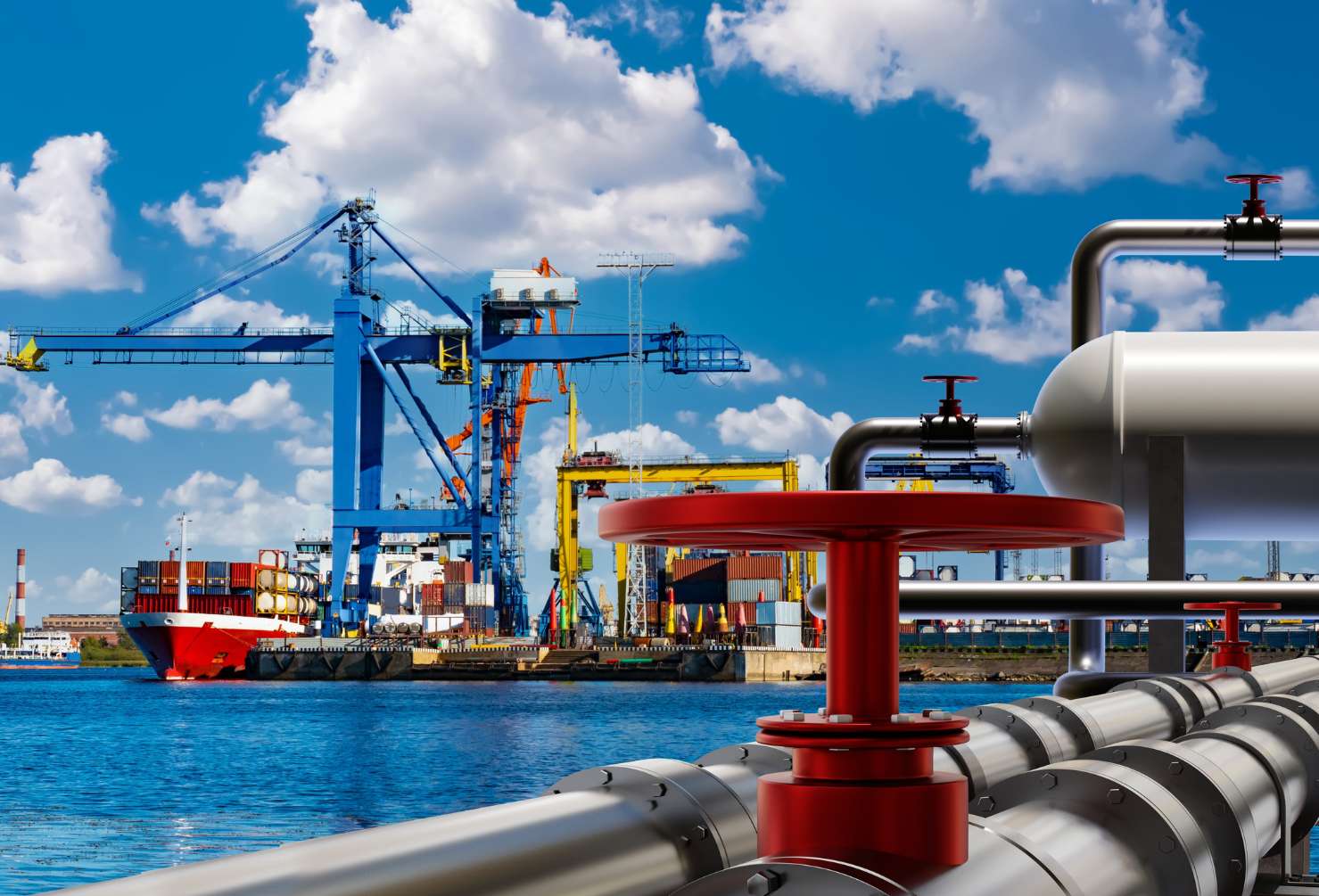
The Bass Strait, nestled between the southeastern coast of Australia and Tasmania, has been a powerhouse for oil and gas production since the 1960s. This region has long been a critical source of energy, fueling economic growth and energy security for Australia. However, as these oil fields age and the global energy landscape shifts towards sustainability, the decommissioning of these offshore facilities has become an inevitable next step. Here we explore the reasons behind the decommissioning, the comprehensive plans in place, and the strategies to restore the marine environment to its original state, or as close to it as possible, with minimal impact.
Why Are Bass Strait Oil Fields Being Decommissioned?
There are several key reasons driving the decision to decommission the oil fields in the Bass Strait:
Aging Infrastructure
Many of the platforms and facilities in the Bass Strait have been operational for over five decades. As these assets reach the end of their designed lifespan, maintaining and operating them safely and efficiently becomes increasingly challenging and costly. The aging infrastructure also poses environmental and safety risks, making decommissioning a safer and more prudent option.
Declining Production
The reservoirs that these platforms tap into have seen a natural decline in production over the years. With reduced output, the economic viability of continuing operations diminishes, prompting companies to consider decommissioning as a more cost-effective solution.
Shift Towards Sustainable Energy
As the global focus shifts towards renewable energy and reducing carbon emissions, oil and gas companies are under pressure to align with more sustainable practices. Decommissioning aging offshore oil fields is part of a broader strategy to reduce the environmental footprint and pivot towards cleaner energy sources.
Regulatory Compliance
Australian regulations require that offshore oil and gas infrastructure be decommissioned when they are no longer productive or safe to operate. Companies are legally obligated to remove or appropriately manage these structures to mitigate any potential environmental hazards.
The Decommissioning Plan: A Complex and Multi-Stage Process
Decommissioning offshore oil fields is a complex, multi-stage process that requires meticulous planning and execution to ensure safety and minimise environmental impact. Here’s an overview of the decommissioning plan for the Bass Strait oil fields:
- Assessment and Planning: The first step involves a comprehensive assessment of the existing infrastructure, including platforms, pipelines, and subsea equipment. This assessment helps determine the condition of the structures, the potential environmental impact, and the most suitable decommissioning methods. Detailed planning is then carried out, taking into account regulatory requirements, safety protocols, and stakeholder engagement.
- Plugging and Abandoning Wells: The decommissioning process begins with the plugging and abandonment (P&A) of the oil and gas wells. This involves securely sealing the wells with cement to prevent any leaks of hydrocarbons or other fluids into the ocean. This step is critical to ensure that the wells are permanently closed and pose no future risk to the marine environment.
Removal of Surface and Subsurface Infrastructure: Once the wells are safely sealed, the next phase involves the removal of surface infrastructure such as platforms, topsides, and decks. This is followed by the dismantling and removal of subsea equipment, including pipelines, cables, and other installations. Specialised vessels and heavy-lifting equipment are used to carefully dismantle and transport these structures to shore for recycling or disposal. - Site Clearance and Environmental Restoration: After the infrastructure is removed, the seabed is cleared of any debris or remnants. This step is crucial to minimise any long-term impact on the marine environment. Companies often use remotely operated vehicles (ROVs) and divers to inspect and clear the seabed, ensuring it is free from obstructions or hazards.
- Monitoring and Rehabilitation: Even after the physical decommissioning is complete, ongoing environmental monitoring is essential to ensure the area returns to a natural state. Monitoring programs assess the recovery of marine life and habitats, detect any residual contamination, and implement additional measures if needed to promote rehabilitation.
Returning the Ocean to Its Original State: Best Practices and Environmental Considerations
Returning the ocean environment to its original state, or as close to it as possible, is a key goal of the decommissioning process. Here are some best practices and strategies being employed:
- Minimising Physical Disturbance: Decommissioning activities are planned and executed to minimise physical disturbances to the seabed and marine habitats. This includes careful selection of removal techniques and equipment that reduce sediment disruption and avoid damage to sensitive ecosystems such as coral reefs and seagrass beds.
- Promoting Natural Recovery: Where possible, natural recovery of the marine environment is encouraged. Studies have shown that, over time, many marine ecosystems can recover naturally if left undisturbed. By removing infrastructure and allowing natural processes to take over, the area can gradually return to its pre-development state.
- Artificial Reefs and Marine Habitats: In some cases, parts of the infrastructure, such as platform legs or subsea structures, can be repurposed as artificial reefs. These structures provide a substrate for marine life to colonise and can enhance local biodiversity. However, this approach is carefully evaluated to ensure it aligns with environmental goals and regulatory guidelines.
- Waste Management and Recycling: Decommissioned materials are carefully managed to minimise environmental impact. Where possible, materials are recycled, and hazardous substances are disposed of in accordance with strict environmental standards. This reduces waste and prevents potential contamination of the marine environment.
- Collaboration with Environmental Experts and Stakeholders: Effective decommissioning requires collaboration with environmental scientists, marine biologists, regulatory bodies, and local communities. This collaborative approach ensures that decommissioning plans are comprehensive, science-based, and considerate of all stakeholders’ interests.
The decommissioning of oil fields in the Bass Strait represents a significant shift in Australia’s offshore energy sector. While the process is complex and challenging, it also offers an opportunity to prioritise environmental restoration and sustainability. By employing best practices and adhering to rigorous regulatory standards, the industry aims to minimize its impact on the marine environment and promote a healthier, more resilient ocean ecosystem for future generations. As we transition to a more sustainable energy future, the careful decommissioning of these offshore assets will play a crucial role in protecting our oceans and preserving their natural beauty and biodiversity.





